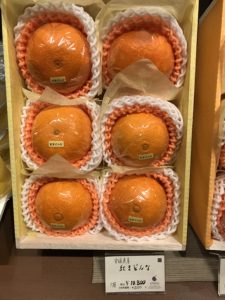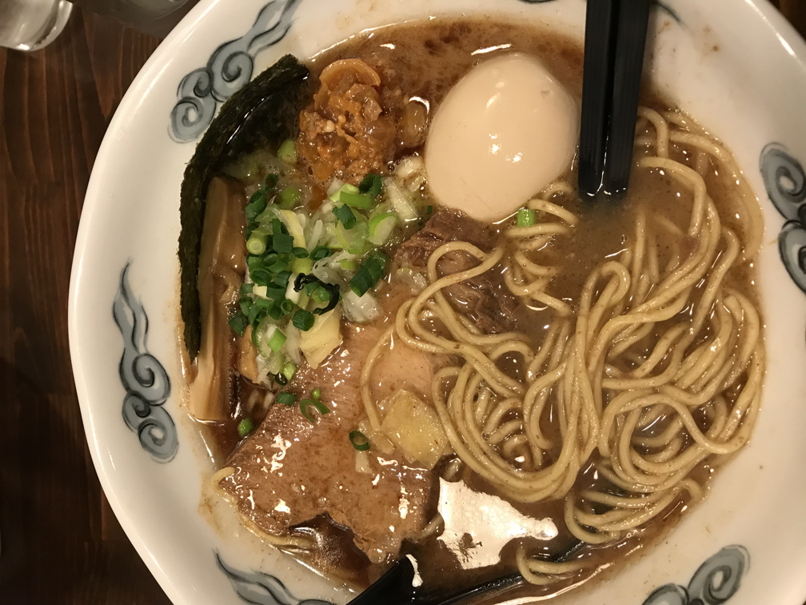What makes food good? The biologist in me says that it’s an abundance of the carbohydrates, proteins, salts, and fats that are necessary to sustain life. That’s why, generally, we like sweet things, salty things, and things deep fried in oil. But simple nutrition is not the whole story. Over the course of this trip, I’ve eaten plenty of new food and compared familiar food between Japan and America. Additionally, the class has talked to farmers and co-op members, among others, about how they make and choose their food. Turns out there’s about as many factors involving what makes food good as there are people who eat it. Here are just a few:
Price. Since we usually have to buy food before we can eat it, the amount of money you can spend on food is a major influence on what kind of compromises you may have to make on the following aspects of food. Also, paying a price for food that doesn’t feel “worth it” is an easy way to make a meal seem worse than it was. On the other hand, finding really good, cheap food feels like finding an actual gold mine. For example, being able to find delicious drinks in vending machines all over Japan for around a dollar is one of my favorite things about the country. Yeah, I have weird priorities.
Aesthetic. As any Chopped contestant knows, presentation matters. I’ve seen this principle at work with fruit here. Buying fruit in Japan is a very different experience from buying fruit in America. This is because fruit is a bit of a luxury and often given as a gift. As a result, the pristine appearance of fruit is very important. Gift fruit is often nestled in a foam mesh to prevent bruising, then wrapped in plastic to keep it fresh. Then, the fruit is placed in a nice box. With presentation like this, you can find a box of six oranges for $100. There are also gift apples which are individually wrapped with a sun-blocking wrapper while growing so that the fruit ripens with a pattern on the peel. These are $15 each. While these undoubtedly taste good, there is no way an ugly, but tasty, specimen would ever be considered a “good” gift fruit. However, we also talked to an organic farmer who knows he can send ugly produce to his customers because they trust him to give them tasty food, so looks clearly aren’t everything.

Yes, this is real.

Safety. Particularly when speaking to organic farmers and the members of the Yotsuba Consumer Co-op, I heard over and over again the importance of having safe food. This was particularly apparent with the Co-op, as the organization was founded by mothers who wanted to make sure their children had safe milk to drink. We were fortunate enough to have half a dozen board members cook us an amazing lunch, and when we asked them why they joined the Co-op, almost all of them had the same answer: they wanted safe food for their children. While the Co-op is also able to provide cheaper food to their members, there is a huge emphasis on safety and complete transparency. The Co-op does not sell foods with additives or GMOs, and you can trace the sources of their meat all the way back to the type of feed the animals ate. As a young twenty-something with no food intolerances and a robust immune system, I don’t normally worry about food safety so long as the food hasn’t spoiled, but safety is clearly a top priority for many people, and for good reason.
Personal background. As much as I tried to enjoy eating a fish’s head, my upbringing did not prepare me properly for it. I didn’t even know how to physically start eating it. I’ve encountered this phenomenon before with my German heritage and sauerkraut, so I know it’s just because I haven’t grown up eating it or anything like it, but I just couldn’t do it. I know that to many other people a fish’s head is a delight, but I personally didn’t like it. I loved the McDonald’s I got in Tokyo, though.

I’ve never met a McNugget I didn’t like.
So, what makes food good to you?

